Rising Demand for Portable Electronics
The increasing proliferation of portable electronic devices, such as remote controls, toys, and flashlights, is driving the Zinc Carbon Battery Market. As consumers seek reliable and cost-effective power sources for these devices, the demand for zinc carbon batteries is expected to rise. In 2025, the market for portable electronics is projected to reach approximately 100 billion units, with a significant portion relying on zinc carbon batteries due to their affordability and availability. This trend indicates a robust growth trajectory for the Zinc Carbon Battery Market, as manufacturers adapt to meet the needs of a diverse range of electronic applications.
Cost-Effectiveness of Zinc Carbon Batteries
Zinc carbon batteries are often favored for their cost-effectiveness, particularly in applications where high energy density is not a primary concern. The Zinc Carbon Battery Market benefits from this attribute, as consumers and manufacturers alike prioritize budget-friendly options. With production costs remaining relatively low, these batteries provide an economical solution for various low-drain devices. As the market for budget-conscious consumers expands, the Zinc Carbon Battery Market is likely to experience sustained growth, driven by the demand for affordable energy solutions.
Technological Innovations in Battery Design
Ongoing technological advancements in battery design and manufacturing processes are poised to enhance the performance of zinc carbon batteries. Innovations such as improved electrode materials and optimized electrolyte formulations are likely to increase the efficiency and lifespan of these batteries. The Zinc Carbon Battery Market may witness a surge in demand as these advancements make zinc carbon batteries more competitive against other battery technologies. As manufacturers invest in research and development, the potential for enhanced product offerings could significantly impact market dynamics in the coming years.
Growing Applications in Renewable Energy Systems
The integration of zinc carbon batteries into renewable energy systems is emerging as a notable driver for the Zinc Carbon Battery Market. As the world shifts towards sustainable energy solutions, the need for reliable energy storage options becomes paramount. Zinc carbon batteries, with their ability to provide stable power output, are being explored for use in solar and wind energy applications. This trend suggests a potential expansion of the market, as the demand for energy storage solutions in renewable systems continues to grow, positioning the Zinc Carbon Battery Market favorably in the evolving energy landscape.
Environmental Regulations Favoring Zinc Carbon Batteries
Increasing environmental regulations and consumer preferences for eco-friendly products are influencing the Zinc Carbon Battery Market. Zinc carbon batteries are often viewed as a more environmentally benign option compared to other battery types, such as alkaline batteries, which may contain harmful materials. As regulations tighten around battery disposal and recycling, the Zinc Carbon Battery Market stands to benefit from a shift towards more sustainable battery technologies. This trend may lead to enhanced market opportunities as manufacturers innovate to meet regulatory standards while appealing to environmentally conscious consumers.


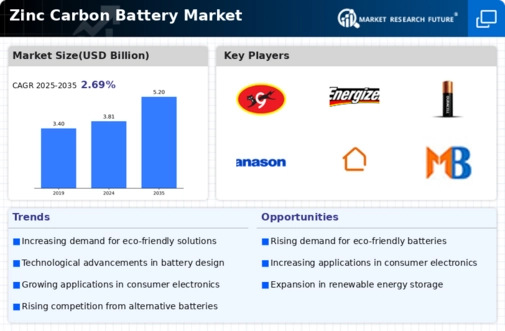
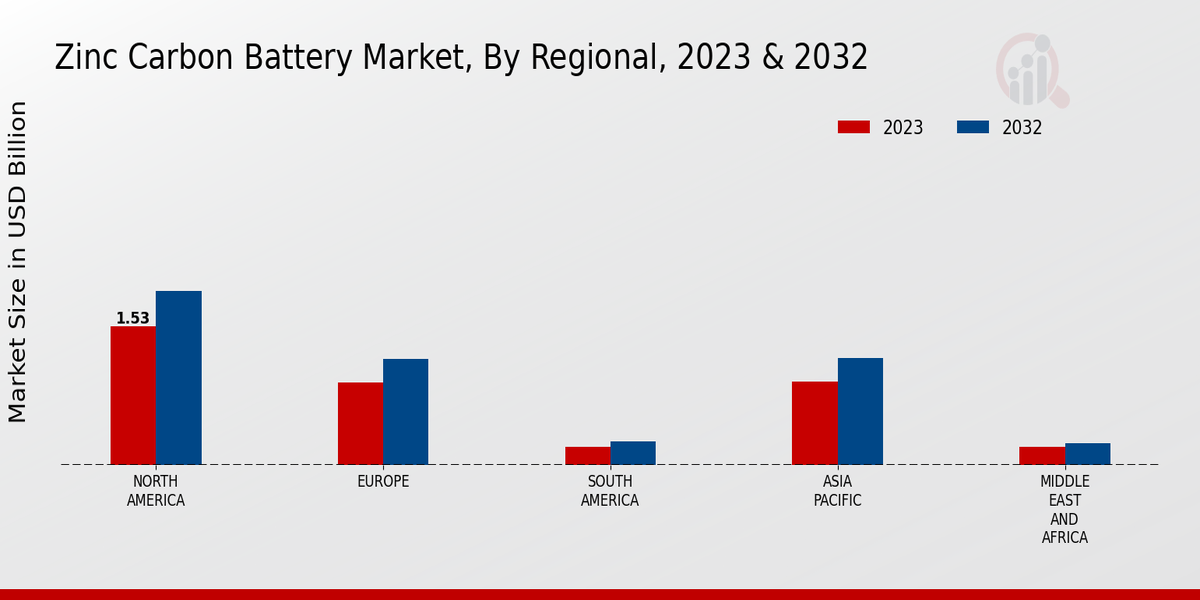

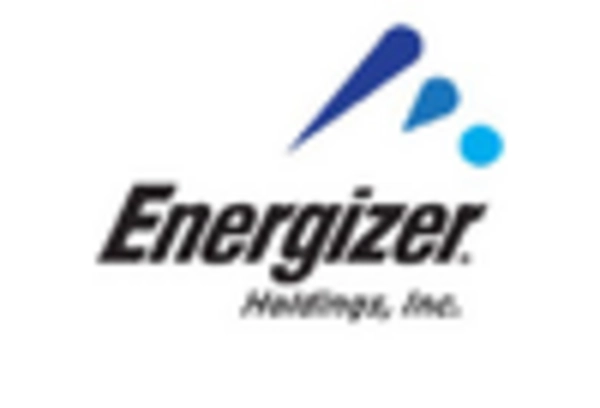
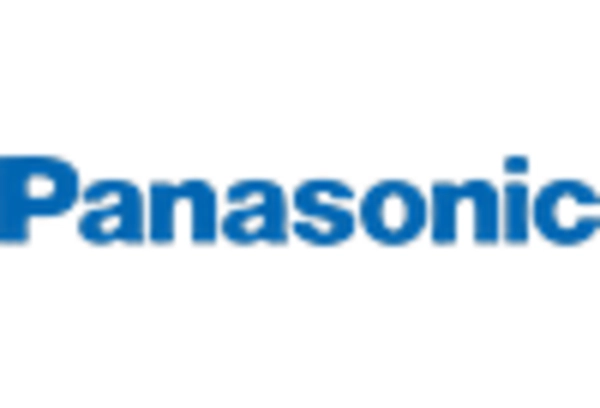
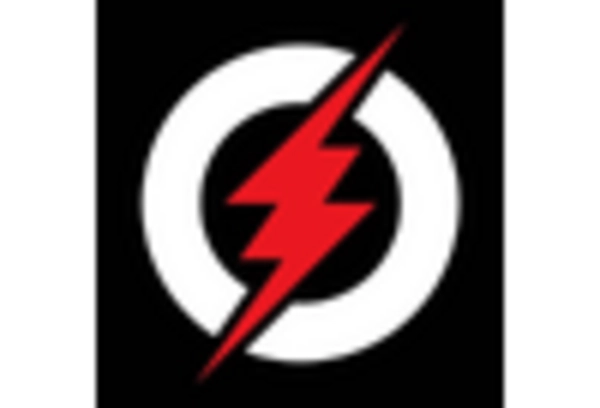
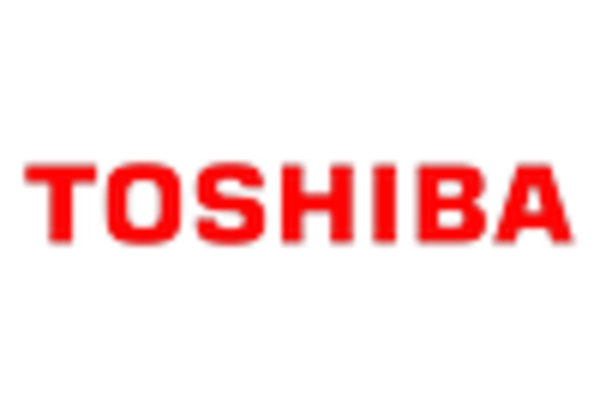
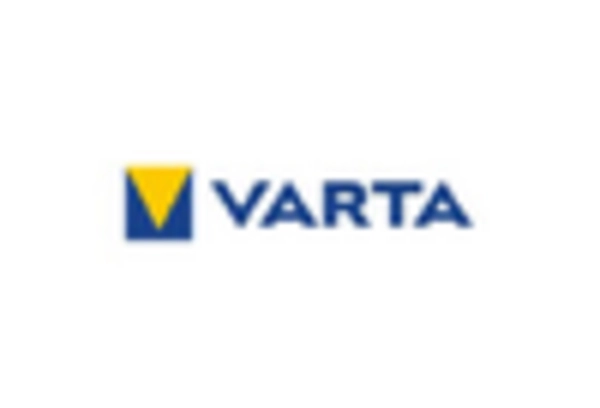








Leave a Comment